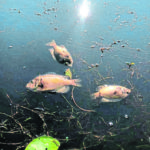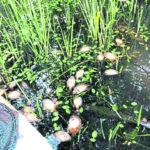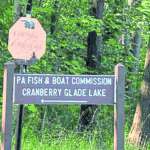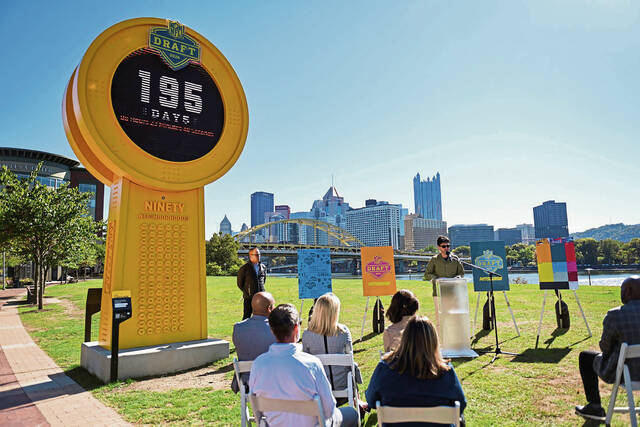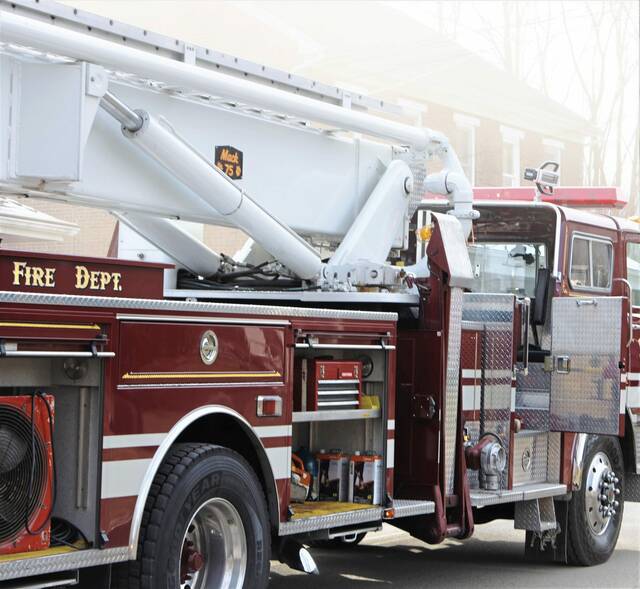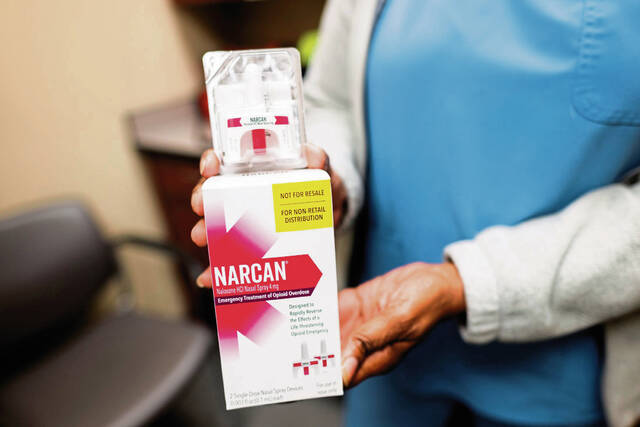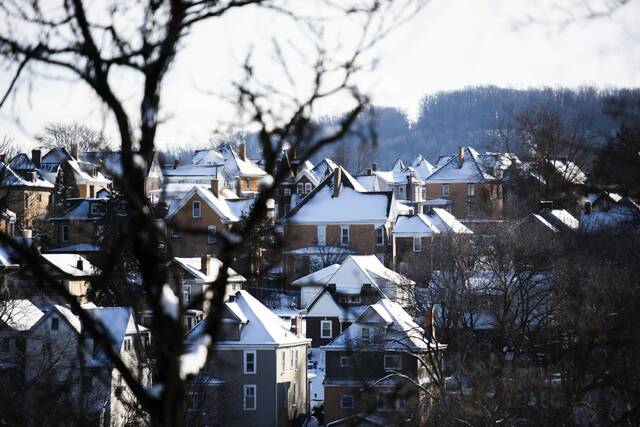Two state legislators are pledging a more aggressive approach to reclaiming a lake in Somerset County that experienced a serious fish kill this summer.
State Rep. Matt Dowling, R-Uniontown, and state Sen. Pat Stefano, R-Connellsville, met with officials of the Pennsylvania Fish & Boat Commission and Pennsylvania Game Commission last week to discuss the future of Cranberry Glade Lake in Lower Turkeyfoot Township.
The 72-acre, man-made lake has been the subject of concern for years because of excessive vegetation growth. The lake sits on game commission property but is managed by the PFBC.
In July, several people reported the death of “hundreds” of fish that were seen floating on the surface. The game commission concluded that the fish kill was a natural occurrence caused by high water temperatures and a lack of oxygen.
Part of the problem is the fact that the lake is only 4 to 6 feet deep, the legislators said in a joint statement.
“The overgrowth … is nature’s normal response to a lake with man-made structures. It is trying to revert to its natural state as a cranberry bog,” they said.
Both commissions plan to move forward with a combination of previous approaches, which are expected to be more effective when executed together, and hope to see improvement within two years, the statement said.
The statement did not specify which methods are being considered, but a state fisheries manager told the Tribune-Review in July that past methods include drawing down the water level in the winter time and applying herbicide.
“We’re going to have to come up with a plan to do something. … We’ve tried to control the vegetation in the past but with little success,” said Gary Smith, PFBC fisheries manager for the Southwest Region.
Smith said a herbicide was applied in 2013 but with little effect. Drawing down the water level in the winter would expose portions of the lake bed to freezing that could kill off some of the vegetation, he explained.
“Using chemicals is a last resort, but that may be our only option,” he said, noting that any plan would have to be approved by the game commission.
Smith said some vegetation — about 30% — is desirable as cover for fish, but the vegetation coverage at Cranberry Glade Lake — about 90% — is considered excessive.
A private study done in 2018 determined that 56% of the lake surface is covered by watershield, a native kind of water lily, and 14% is covered by spatterdock, another native plant. An invasive plant known as curly-leafed pond weed grows in about 22% of the lake, mostly in the middle part that looks clear from the surface. When that non-native plant dies back in July, its decomposition can exacerbate oxygen depletion in the lake.
“It’s natural for lakes to turn into wetlands over time, so we’re fighting Mother Nature here. What makes it difficult is it’s shallow to begin with,” Smith said.





